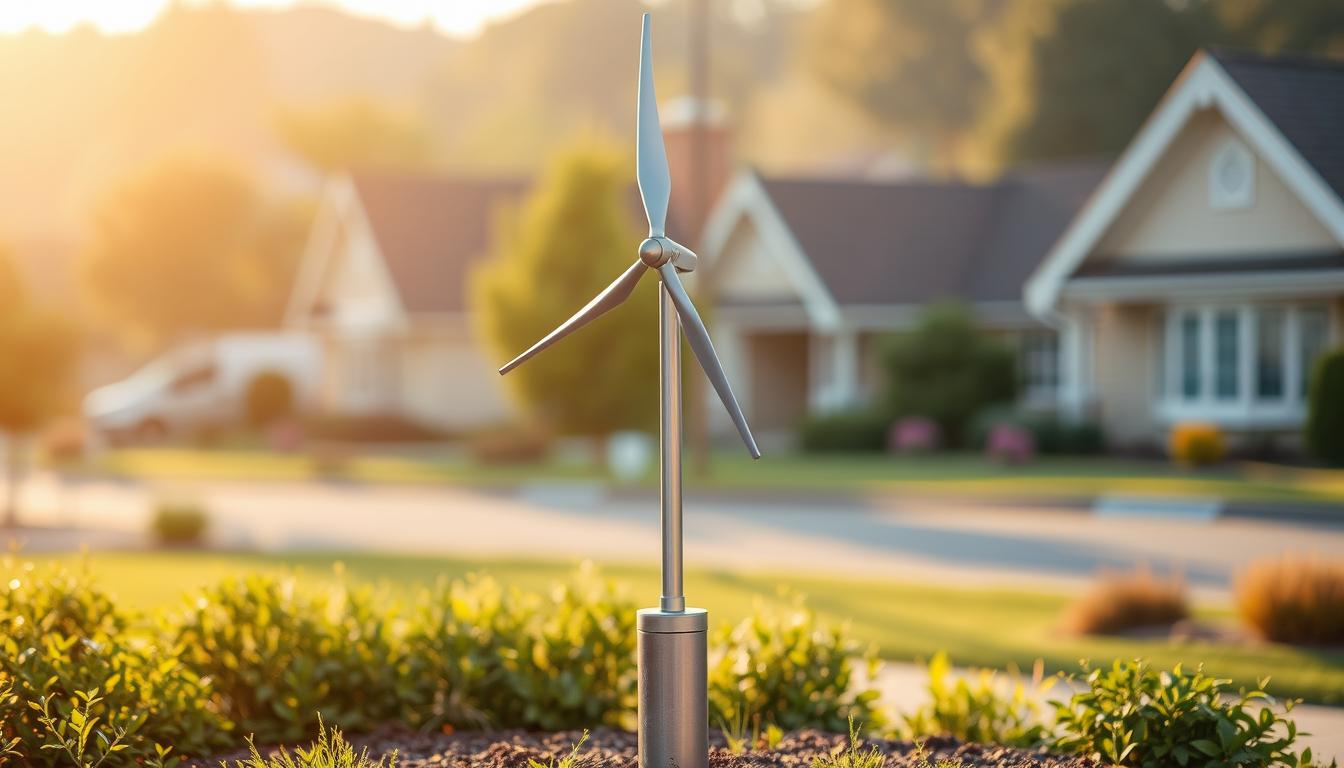So, you have a new camera. Congratulations! You’re about to start an amazing journey. But after the excitement of your first few shots, you quickly realize a crucial problem: how do you carry it?
Tossing a camera worth hundreds or thousands of dollars into a regular backpack is a recipe for disaster. You need a dedicated camera bag. But searching for one can be overwhelming, with thousands of options in different styles and sizes.
Don’t worry. This guide will break down the basics in simple terms, helping you choose the perfect camera bag for your camera and your needs.
Why Do You Even Need a Special Camera Bag?
First, let’s understand why a regular bag won’t work. A dedicated camera bag provides three non-negotiable layers of protection:
- Impact Protection: The most important feature is padded dividers. These create snug, cushioned compartments for your camera body and lenses, preventing them from knocking into each other and absorbing shock from bumps and drops.
- Weather Protection: Most camera bags are made from durable, water-resistant materials. Many also include a separate, stowable rain cover for heavy downpours, protecting your sensitive electronics from water damage.
- Organization and Access: A camera bag is designed for a photographer’s workflow. It has specific pockets for batteries, memory cards, filters, and cables. More importantly, it’s designed to give you quick access to your camera so you don’t miss the shot.
The Three Main Types of Camera Bags: Which One is for You?
Camera bags generally come in three primary styles. Choosing the right one depends entirely on how much gear you have and how you plan to shoot.
1. The Shoulder Bag (or Messenger Bag)
This is the classic, iconic camera bag. It’s worn over one shoulder or across the body and rests at your hip.
- Best For:
- Street photography, travel, and events.
- Carrying a small amount of gear (a camera body and 1-3 lenses).
- Photographers who need fast access to their camera.
- Pros:
- Quickest Access: You can grab your camera without taking the bag off.
- Discreet: Many styles don’t scream “I’m carrying expensive camera gear.”
- Convenient: Easy to set down and work out of.
- Cons:
- Uncomfortable for Heavy Loads: All the weight is on one shoulder, which can cause fatigue and back pain with heavier gear.
- Less Secure: Can swing around while you’re moving.
2. The Camera Backpack
This is the workhorse for photographers who need to carry more gear for longer periods. It looks like a regular backpack but is fully customized for camera equipment.
- Best For:
- Landscape, wildlife, and travel photographers.
- Carrying a lot of gear (multiple bodies, many lenses, a tripod, a drone, a laptop).
- Hiking or walking long distances.
- Pros:
- Most Comfortable: Distributes weight evenly across both shoulders and your back.
- Carries the Most Gear: Offers the largest capacity.
- Secure: Stays firmly on your back while you move.
- Cons:
- Slowest Access: You typically have to take the backpack off and set it down to access your main gear. (Though some have “side-access” panels to help with this).
3. The Sling Bag
A sling bag is a clever hybrid between a shoulder bag and a backpack. It’s worn across your back like a single-strap backpack but can be quickly swung around to your front.
- Best For:
- Day trips, city exploration, and light hiking.
- Photographers who want a balance between comfort and quick access.
- Carrying a medium amount of gear (a camera and 2-4 lenses).
- Pros:
- Great Balance of Access and Comfort: More comfortable than a shoulder bag, faster access than a backpack.
- Secure: Stays snug on your back when you’re on the move.
- Cons:
- Limited Capacity: Can’t hold as much as a full backpack.
- Can Still Strain One Shoulder: While better than a messenger bag, all the weight is still on one shoulder.
Key Features to Look For When Buying
Once you’ve chosen a style, look for these essential features:
- Customizable Dividers: Make sure the padded inserts can be moved or removed to fit your specific gear.
- Build Quality: Look for strong zippers (YKK is a top brand), durable fabric, and reinforced stitching.
- Laptop/Tablet Sleeve: If you plan to edit on the go, a dedicated, padded sleeve is a must.
- Tripod Holder: Many backpacks and some larger bags have external straps or a pocket for carrying a tripod.
- Size: Don’t buy a bag that’s too big or too small. It should snugly fit the gear you have now, with a little room to grow (perhaps for one more lens). A half-empty bag lets your gear slide around, defeating the purpose of the padding.
Our Recommendation for a First Camera Bag
For most beginners who have a camera and one or two lenses, a small to medium-sized shoulder bag or a sling bag is the perfect starting point. It provides excellent protection, quick access for spontaneous shots, and is comfortable enough for daily use. As your lens collection grows, you can then decide if you need to upgrade to a larger backpack for specific outings.
No matter what you choose, a dedicated camera bag is the best investment you can make after the camera itself. It protects your gear, keeps you organized, and ultimately, helps you take better pictures.

Leave a Reply